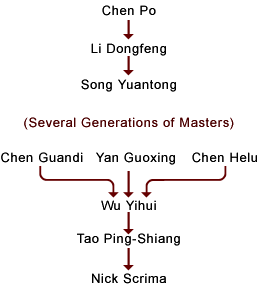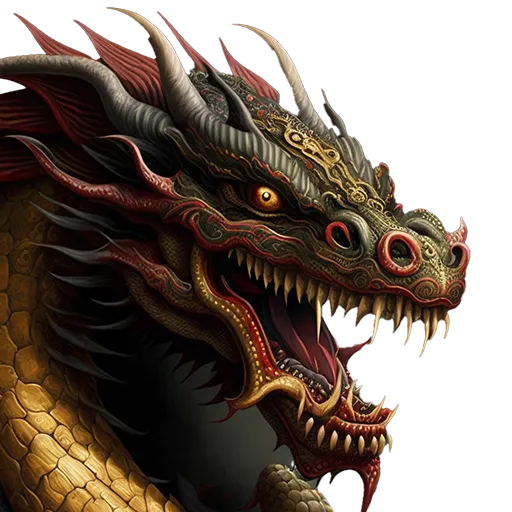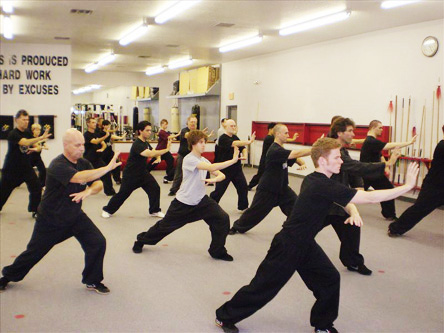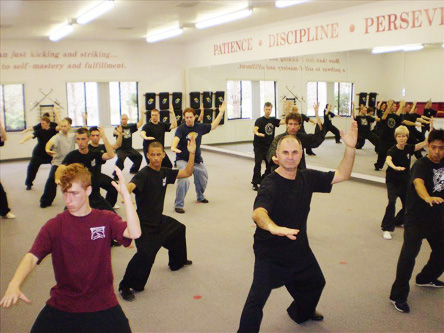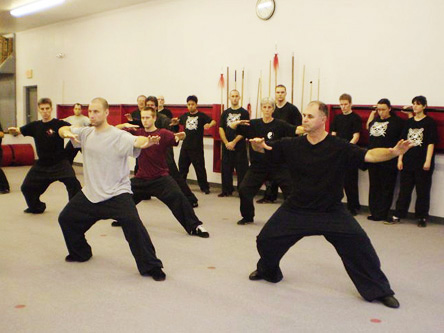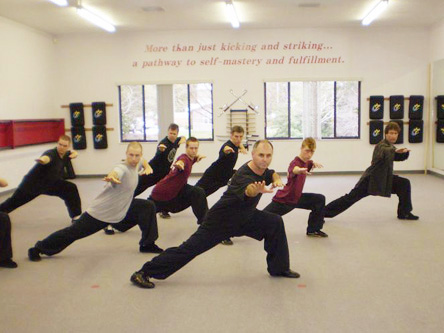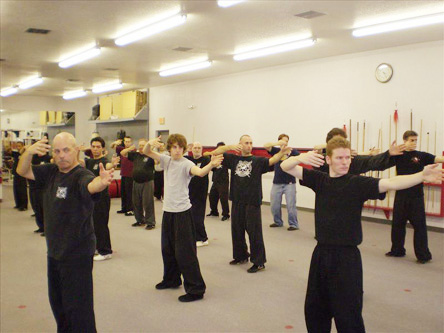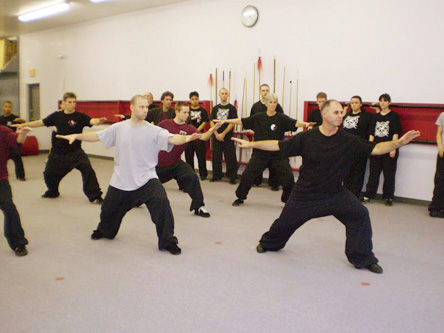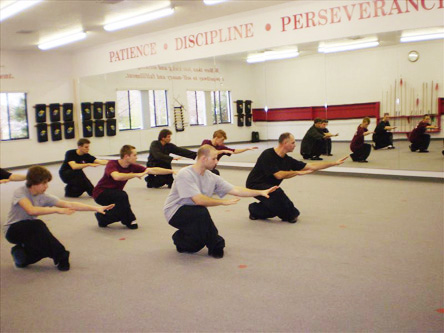Learn Liuhe Bafa
Liu He Ba Fa or Lok Hop Pa Fa), is also known as Water Boxing (Shuei Quan) or Water Style (Shuei Shi). Its origin is credited to a Daoist sage named Chen Po, also known as Chen Tuan (878-989), who was associated with the Hua Shan Daoist Monastery on Mount Hua in the Shanxi province of China.
Liuhe Bafa literally translates as Six Harmonies and Eight Methods. It is a unique Internal Chinese Martial Arts system whose roots date back to the Song Dynasty (960 – 1279). The chief proponent of the style was Wu Yihui (1887 – 1961) who taught it at the Nanjing Guo Shu Guan before the outbreak of the Second Sino-Japanese war and China’s eventual occupation by Japan. The late Master Tao Bingxiang, my teacher in the art, learned the style directly from Wu Yihui in the 1930s and was one of eight direct disciples.
Liuhe Bafa movements, while generally slow, are performed differently from Taiji Quan (Tai Chi) movements. At times, the movements are very slow and at other times slightly faster. The postures rise and fall and the demeanor of the practitioner changes accordingly. The movements can be like a running stream that is sometimes calm, meandering around rocks and eddies, only to rush forward and then slow down again, or like a calm lake suddenly stirred by the wind, or the action of a wave as it rises and falls. It is likely that the analogies to water led to the popular name of Water Style. Even more subtle are the energy changes that occur in accordance with the changing movements.
Liuhe Bafa training incorporates both internal and external concepts governed by the Liuhe and Bafa principles. Liu He, the Six Harmonies, focuses on internal harmonization. Bafa, the Eight Methods, deals with practical applications and fighting principles.
Integral to Liuhe Bafa training are the Daoyin and Qi Gong methods, the special internal breathing and meditation practices. The core of the art is the 66-Posture routine (a form that incorporates more than 530 distinctive movements) and its practical applications. I also learned the Liuhe Bafa sword form for Master Liu Xiaoling, who in turn learned the sword form from his teacher, Master Li Daoli, a classmate of Tao Bingxiang.
Liuhe Bafa is wonderful to practice and beautiful to watch. It has profound benefits both as a means of maintaining and improving one’s health and as a superior form of martial arts for self-defense.Master Tao insisted that Water Boxing was the true name of the art and that Liuhe Bafa referred to its governing principles. Wu Yinghua, the son of Wu Yihui, refers to the style as Huayue Xingyi Liuhe Bafa, or Mind Intent Six Harmonies and Eight Methods from Hua Mountain.
Benefits of Liuhe Bafa
The practice of Liuhe Bafa dispels sickness, invigorates the internal organs, builds vitality, promotes relaxation and a calm demeanor, and at higher levels develops superior self-defense skills.
Lineage
